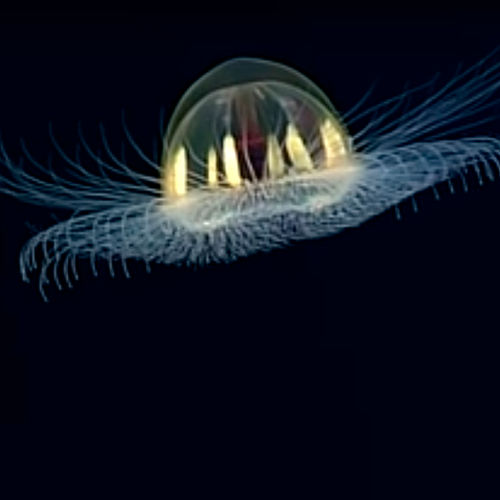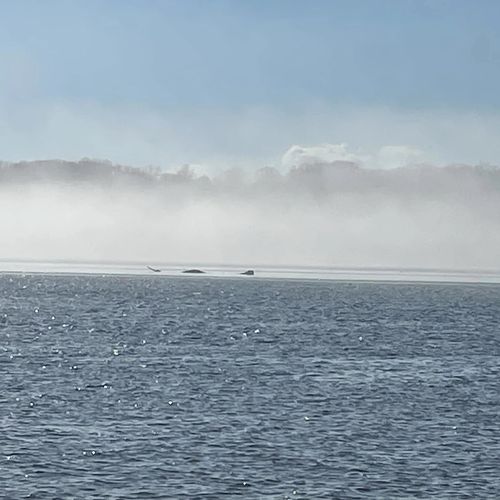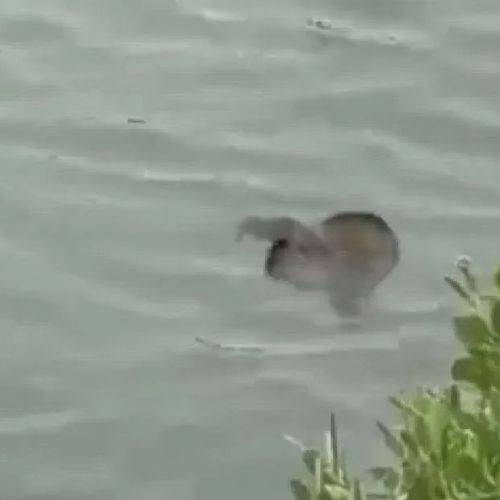| ID | #1638117544 |
| Added | Sun, 28/11/2021 |
| Author | July N. |
| Sources | |
| Phenomena | |
| Status | Hypothesis
|
Initial data
The corpse of a mysterious creature was found on the shore of the Spanish Sea. A decomposing corpse of a mysterious creature was found near the Spanish city of Villaricos. Scientists believe that either a shark or a herring king was found on the beach, but they are alarmed by the horns.
"We have no idea what kind of species it is. The body is in very bad condition and smells disgusting–" Maria Sanchez, coordinator of the rescue service serving the beach, is quoted by Gmail. - The head was taken out of the water by a woman resting on the beach, we helped to transfer everything else to the sand."
The body length of the unknown creature is about four meters. Decomposition has gone too far, so it was not possible to identify the type of animal present on the beach. Marine biologists, who were shown the photos, assumed that we were talking about one of the shark species, since there were cartilages in the body instead of bones. However, they were surprised by the horns that were on the animal's head.
"Perhaps tissue analysis would clarify the situation–" said Paco Toledano, a representative of the local administration, "but DNA decoding is quite expensive, who will pay for it?" He noted that no one had ever seen anything like this in this area.
It is believed that the world ocean is studied worse than the surface of the Moon. So, only in July, a rare deep-sea fish, the herring king, or the belt fish, got into the camera lens for the first time, previously people occasionally found only corpses thrown on land. The fish was spotted while inspecting a drilling rig in the Gulf of Mexico with the help of surveillance cameras. The team observed the behavior of the fish for about five minutes before it disappeared from view. According to preliminary estimates, it was from 5 to 10 m in length.
Original news
We like stories about things that wash up on beaches, such as the softball-size eyeball that appeared on the Atlantic Ocean shore in Florida last fall.
So our eyes lit up when we saw this headline: "Mysterious 'Horned' Sea Monster Washes Ashore in Spain; Officials Baffled."
Alas, as happened with the eyeball (which was from a swordfish), it appears once again that a cousin of the Loch Ness monster has not been discovered.
The rather gross remains found in Spain are much likely to be those of either an oarfish or a thresher shark, according to International Science Times and other news outlets.
However, we're glad to hear about other theories in the comments thread.
Hypotheses
Famous creatures

There are a huge number of different living organisms on our planet. According to recent estimates, the number of species of organisms on our planet is approximately 7-10 million. However, only 15% of the data are described today.
According to the calculations of Canadians, 2.2 million species live in the world's oceans, 6.5 million on land. There are only about 7.8 million species of animals on the planet, 611 thousand fungi, and 300 thousand plants.
Post-mortem changes

Because ordinary people are rarely familiar with the nuances of postmortem changes in organisms, it can often take them for something mystical.
Gray meat flies eat rotting tissue, leaving a sharp edge. This explains the "surgical" removal of organs and parts of the skin. However, such behaviors of the flies many take for the interference of aliens or attacked by unknown creatures.
The main signs of this injury:
Investigation
Resume
Similar facts
Log in or register to post comments







